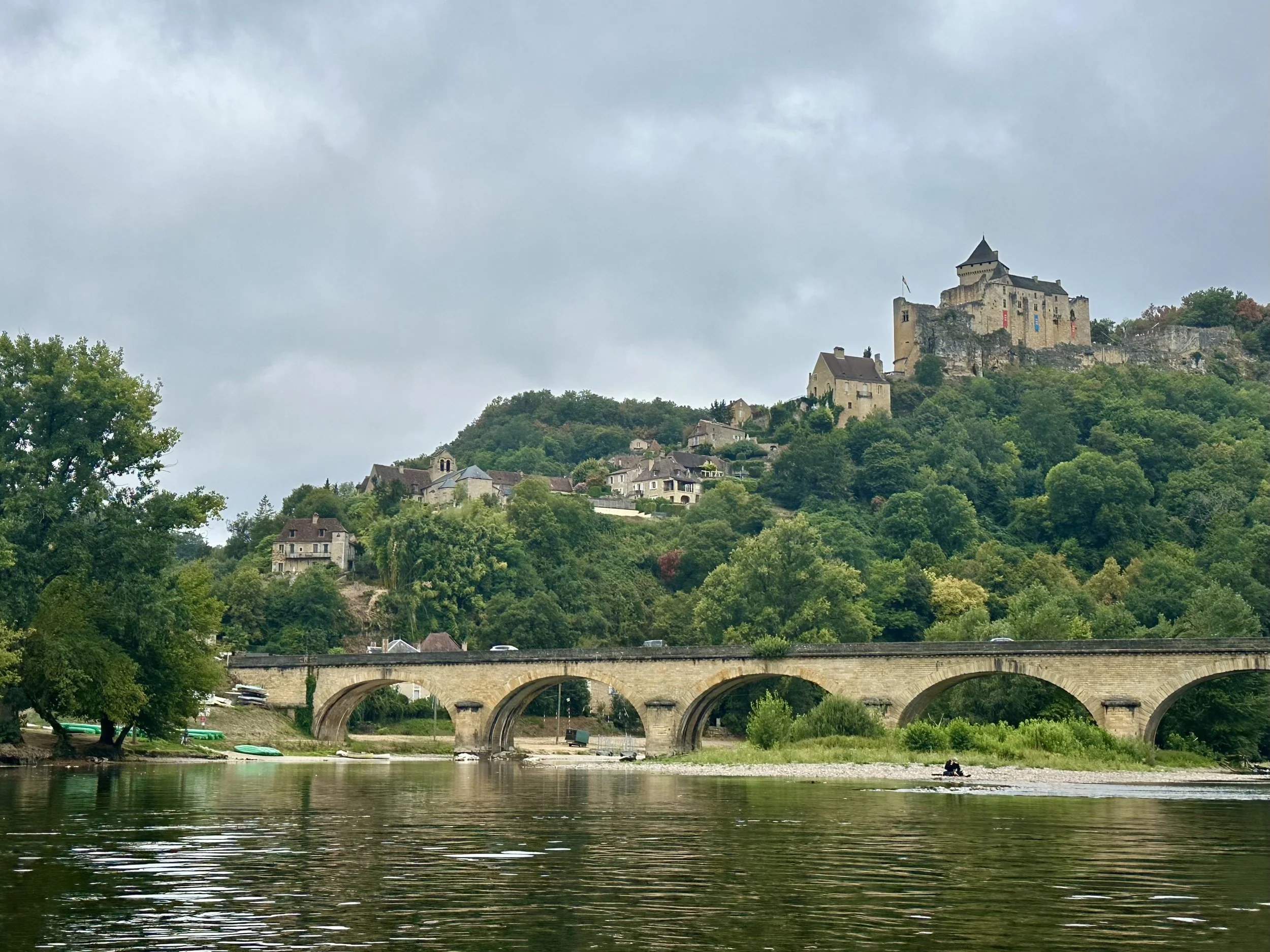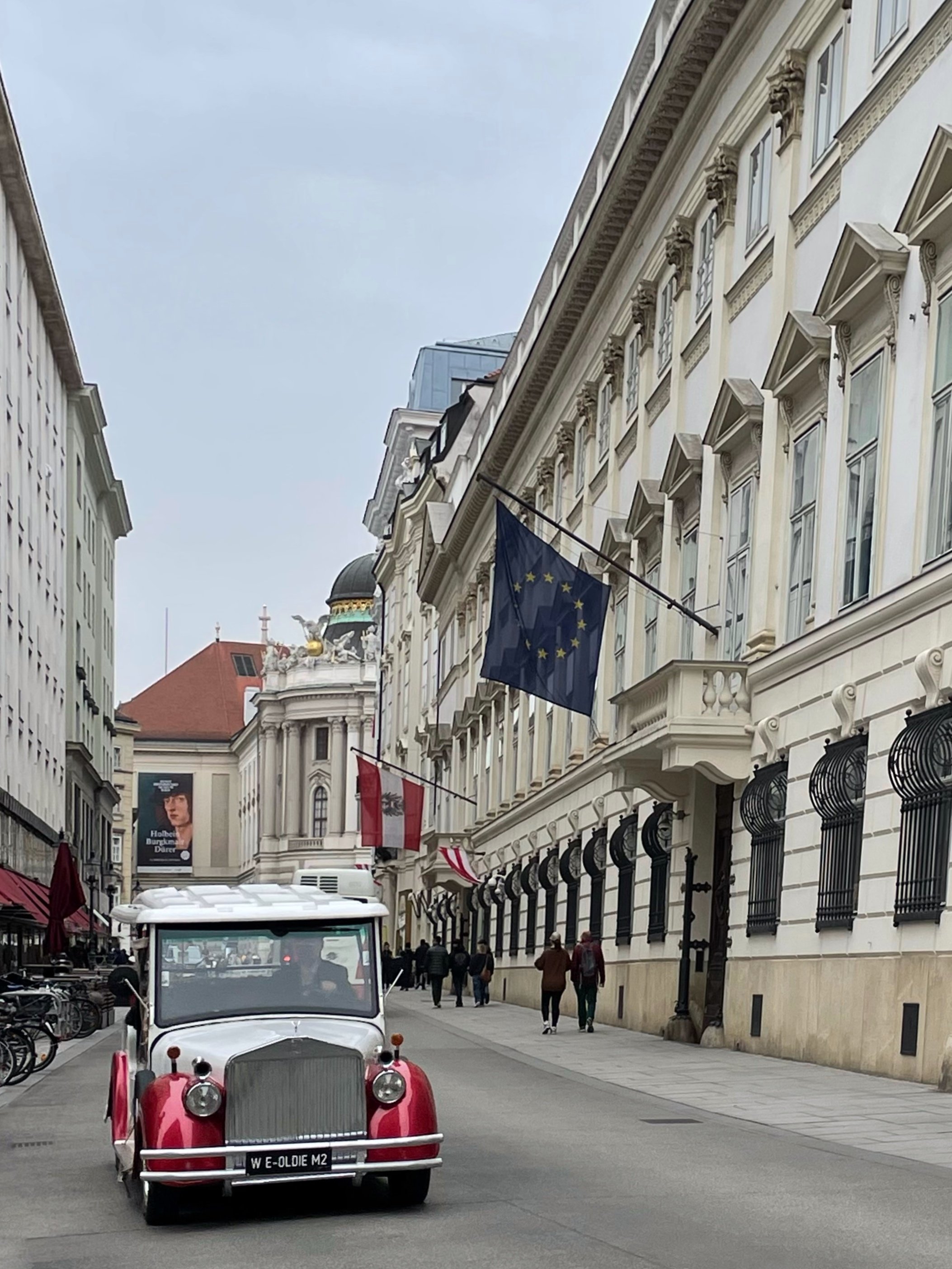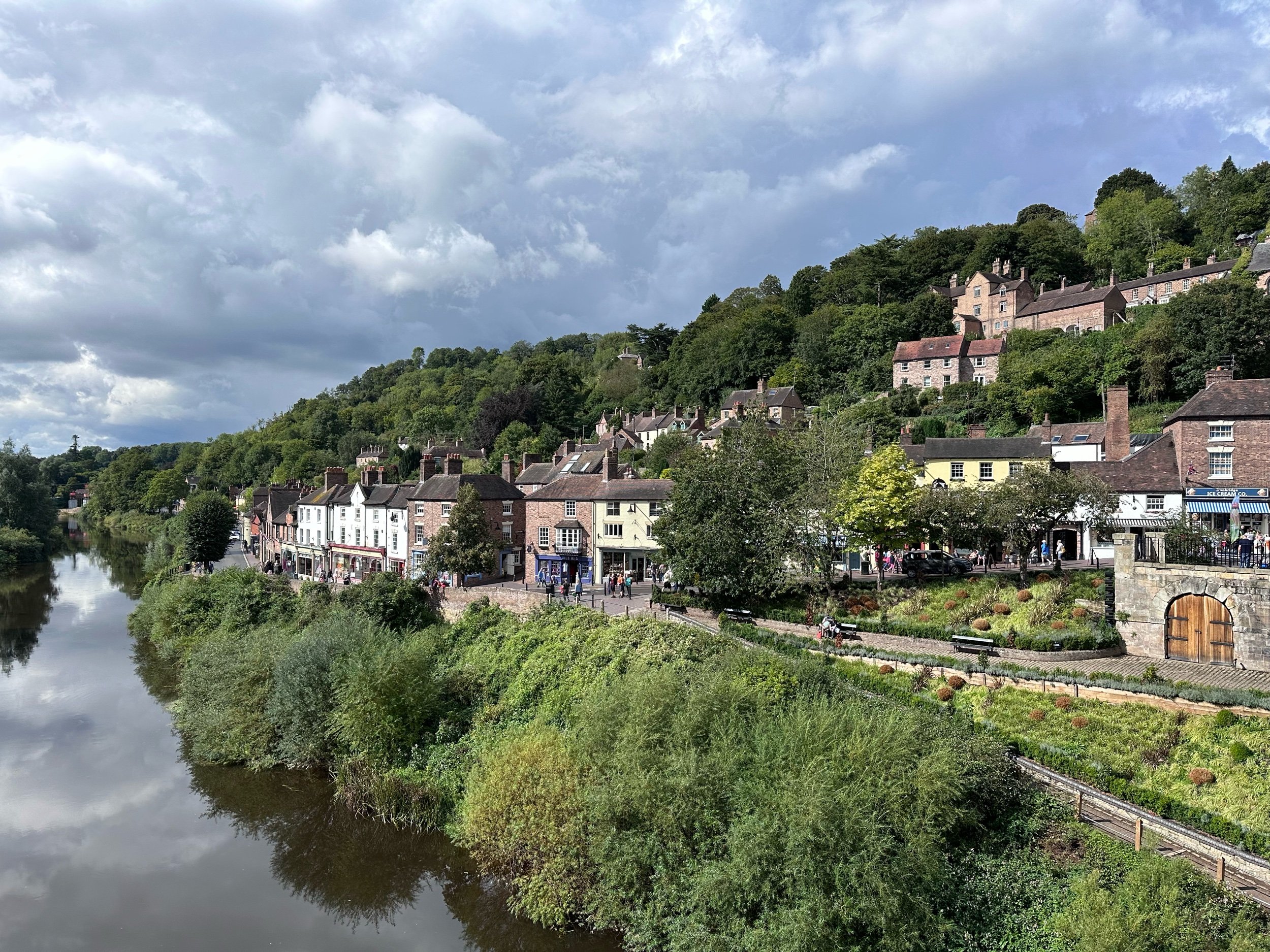
Accommodation
How to find a place to stay
Our Quality Rating
On our destination pages we give each accommodation our own star rating out of 5 for quality.
This is is a completely subjective rating based on:
Location and nearby amenities such as shops, restaurants, pharmacies and launderettes.
Sleeping arrangements that were suitable for our family at that time.
In-room amenities and property facilities such as a pool or wi-fi.
5 is the highest score, 0 is the lowest score.
Our Cost Rating
On our destination pages we include the price we paid at the time in £ pound sterling and give the accommodation a cost rating out of 5.
This is based on the cost relative to other accommodation of a similar standard available at the time of booking in the area. We also consider whether the price is good value of money in relation to the quality star rating.
For example, a score of 5 is the highest score and is given where a property was reasonable compared to other similar lodging options nearby and good value for money given its high quality star rating.
A 0 is the lowest score and this is given where a property is expensive compared to other nearby options or felt like poor value for money given its low quality star rating.
We hope this helps other travellers gauge how much a bed for the night might cost and make informed decisions.
Duration
A one night stay gives us very little time to see or do anything. We therefore only stay for one night if we need to break up a long journey or be close to a station or airport for onward travel early the next day.
Two nights equates to only one day to explore a place. We only stay for two nights if we are confident that what we want to see and do will only take a day.
Staying longer than 3 nights means we can unpack, and do laundry! It also allows us to explore at a slower pace, building in rest days in between sightseeing. Staying longer also provides a contingency in case of cancellations, poor weather or closures.
However, after about a week in one place we can start to get bored. We get fed up if there aren’t many nearby amenities or a diversity of restaurants - eating out at the same place gets repetitive and starts to feel like an inconvenient chore rather than a luxury. For this reason, we prefer self catering for long stays.
Location
Staying central means being close to attractions, but at a higher price.
In cities, particularly for first visits, we usually stay in central hotels that are well-connected by public transport. This means that restaurants and shops are touristy and it can be difficult to get an idea of authentic everyday life in that city. But this is the most convenient and time and cost-saving option for busy sight-seeing itineraries.
However, for longer stays in cities we like to stay in self-catering accommodation and short-term rentals in family-friendly neighbourhoods with a range of local amenities and good parks. Often these areas are inner suburbs, with good links to the city centre.
For example, South Main in Vancouver, Islington in London, Vestbro in Copenhagen.
In remote destinations, we accept that local amenities will be limited. It is usually the landscape and environment that we have come to see anyway. Often, distances are large and it can take a while to get from A to B. Rather than basing ourselves in one place, we travel overland between multiple accommodations to cover a wider area.
This worked really well in North West Argentina where we stayed in five different places for a couple of nights in each place; and in Iceland where we made our way from east to west, spending 1-2 nights in each place before finishing in Reykjavik.
Sleeping arrangements
Self-contained holiday lets and Airbnb accommodation with multiple bedrooms, a kitchen and bathroom amenities work well for family travel.
We don’t really care about having lots of in-room amenities and on-site facilities. Having said that, high-speed and reliable wi-fi is very important to us and we do appreciate any warm or special touches that make our stay feel extra comfortable and welcoming.
When our children were little we opted for a ‘family room’ or suite with multiple beds enabling everyone to sleep in the same space.
Now our kids are older we are seeking out connecting or adjoining rooms because we get all get our own space, but with the comfort of knowing we are just next door.
Some hostels do offer private en-suite family rooms but not all hostels allow under 18s so it is worth checking first.
How to find accommodation
To find a place to stay, we use Google maps.
1
First we plot the sights and attractions that we want to see and do, and save them as pins on the map.
2
Then we zoom out to see where the pins cluster together to identify a search area for accommodation that will give us easy access (on foot or by public transport) to those sights.
3
Next we search for hotels in that area and then filter by cost, customer ratings, and any amenities we think are essential, such as free wi-fi.
4
Having identified a possible place to stay, we read recent reviews of that hotel, placing more emphasis on the amenities we care about and ignoring the things that don’t matter as much.
5
Finally, before booking, we check and double check prices and cancellation policies.
Booking directly with the accommodation can be cheaper than using third party sites.
And if anything goes wrong it is easier to deal directly with the accommodation business than a 3rd party website.
Hotels often offer a discount for booking through their website, and don’t charge booking fees.
Destinations
Wild Rumpus Travel copyright © 2019 - 2025 all rights reserved.





















